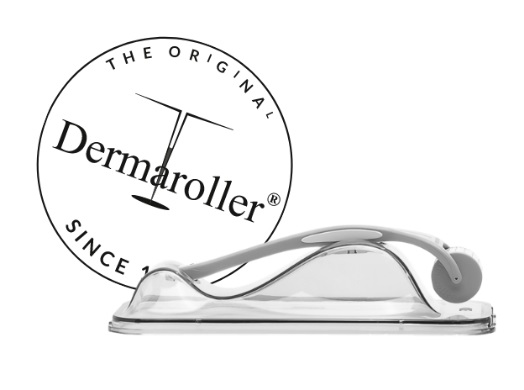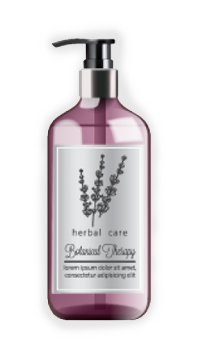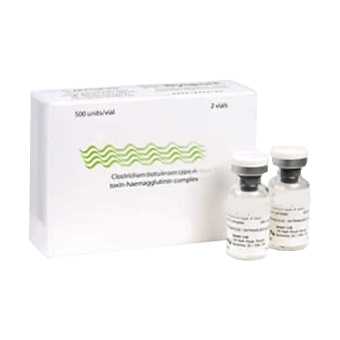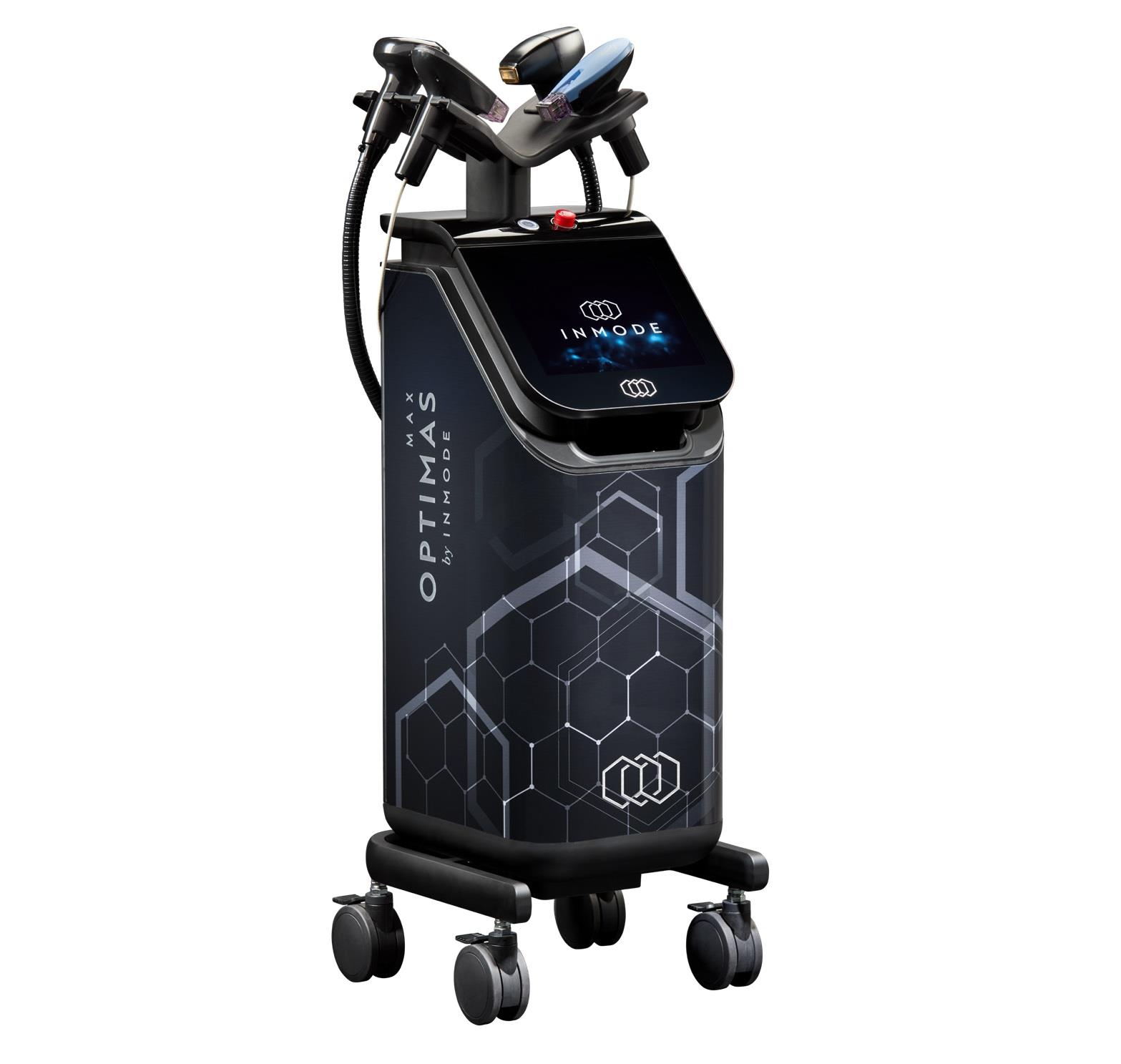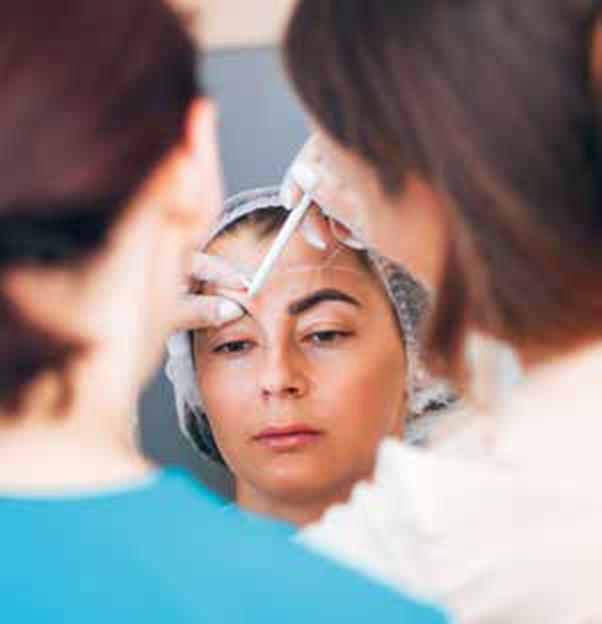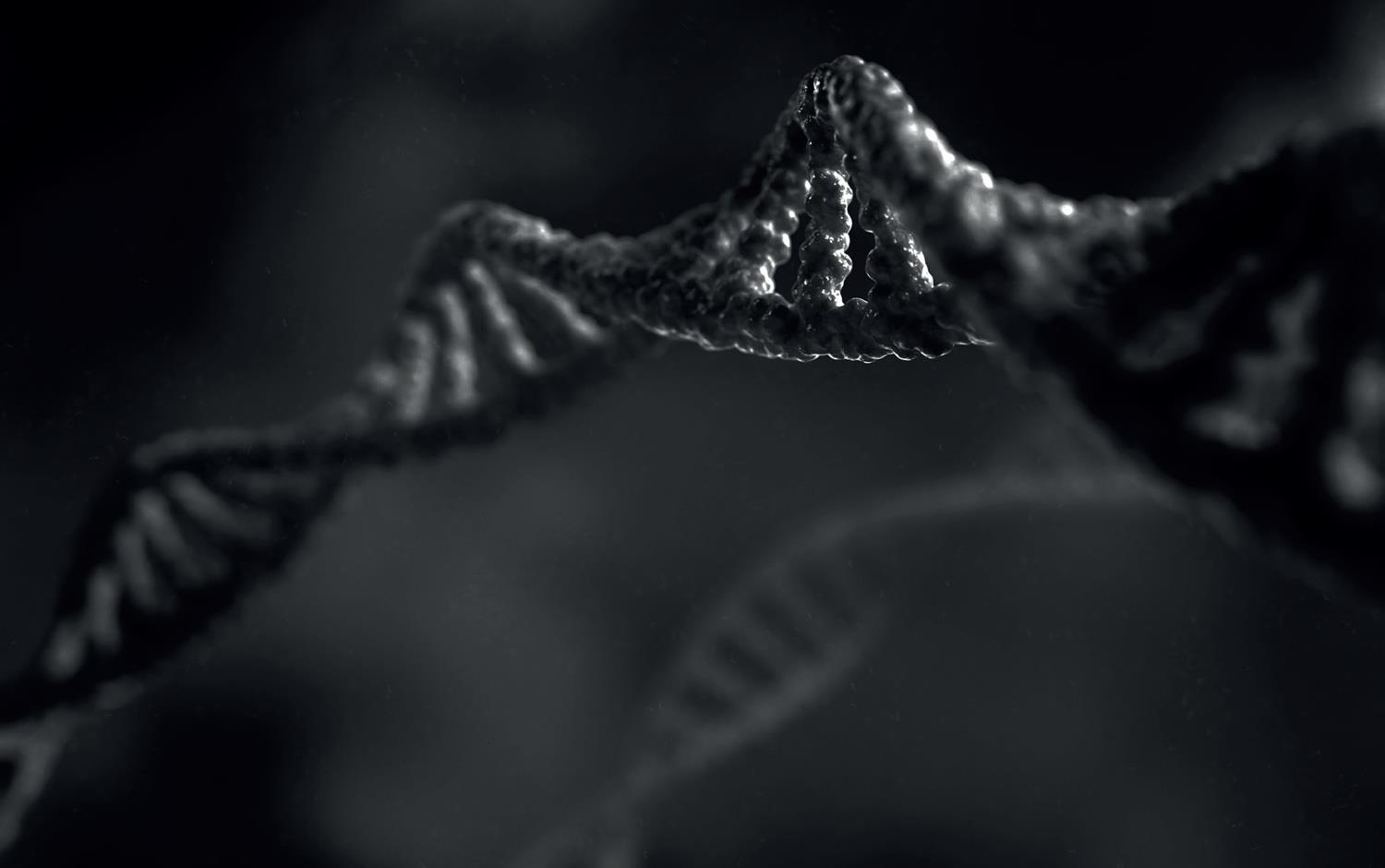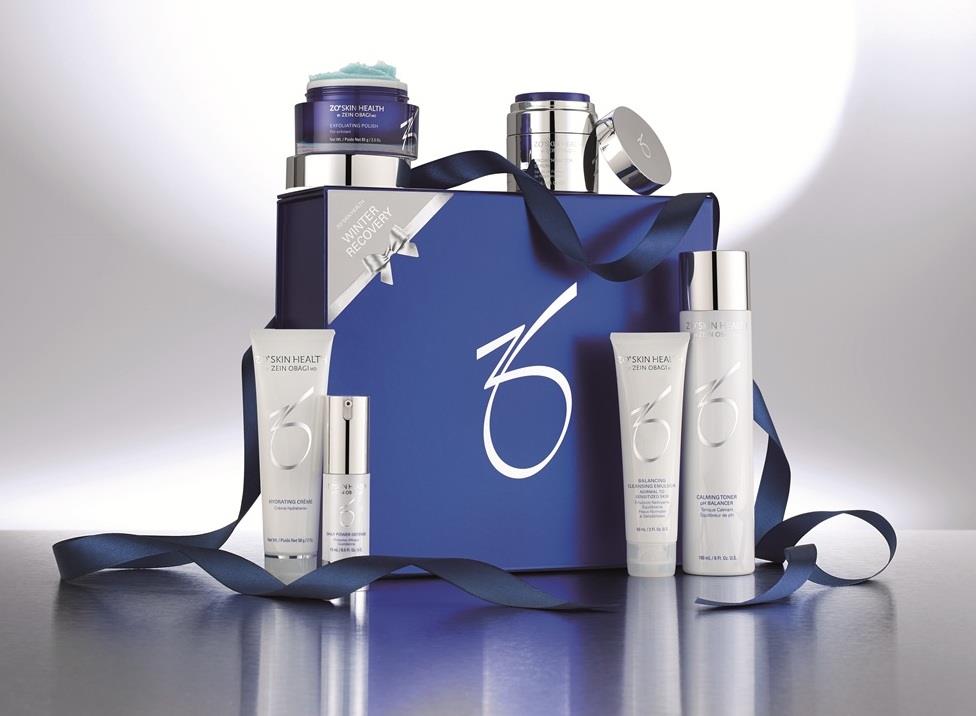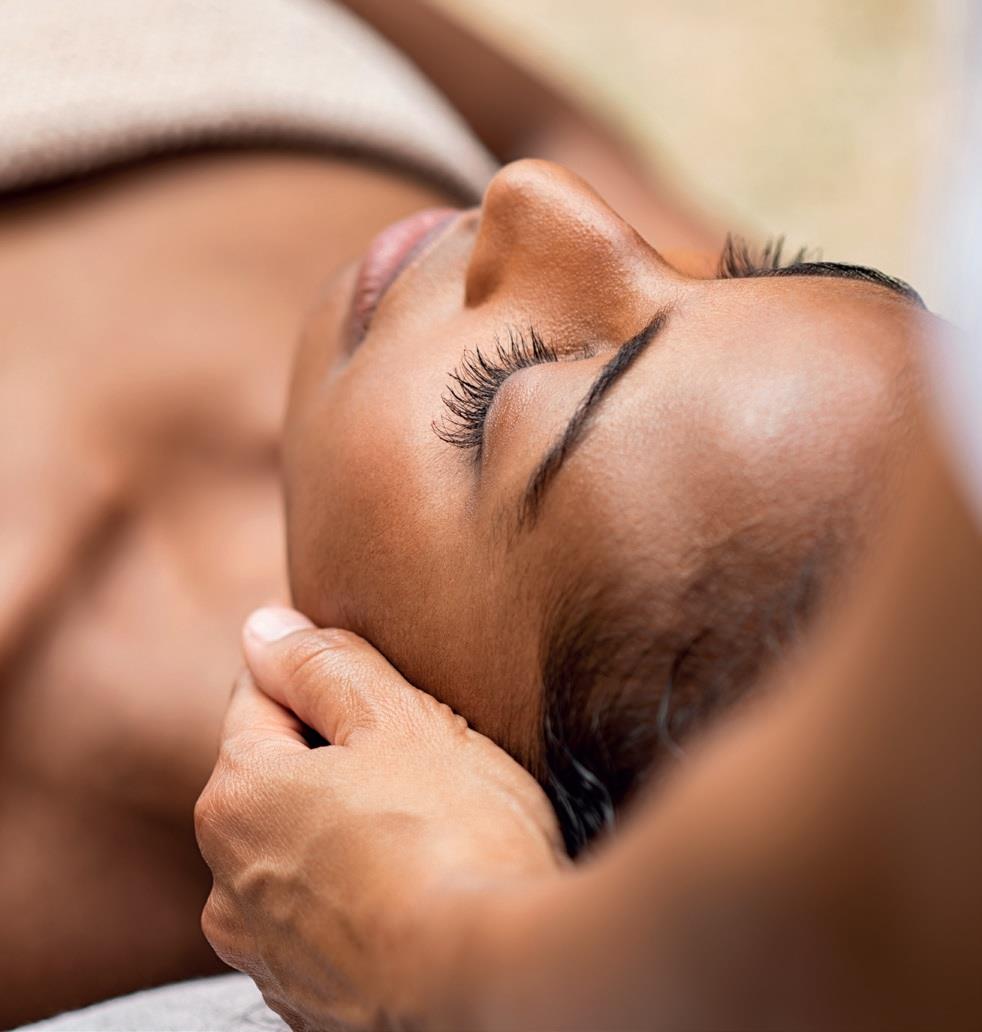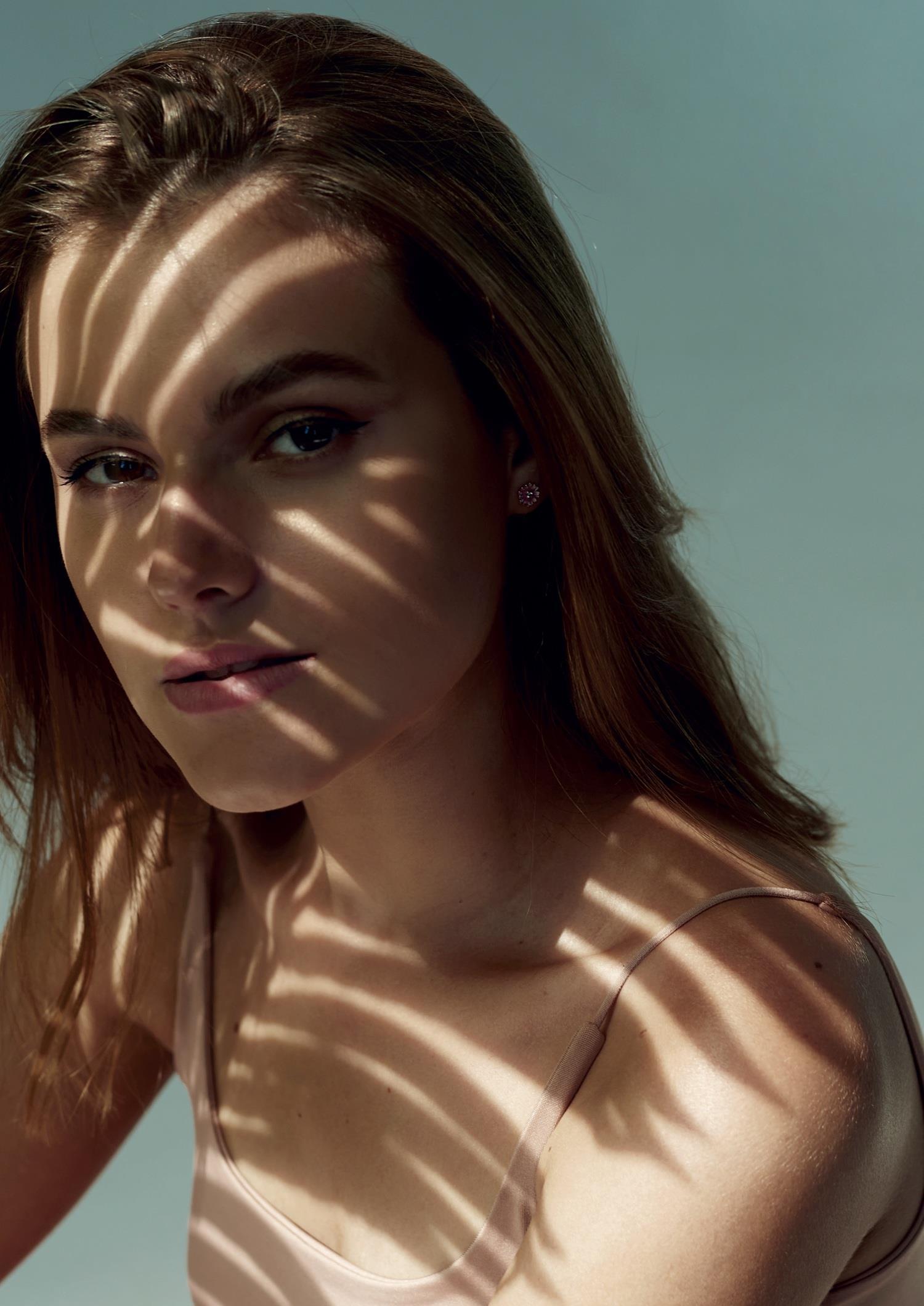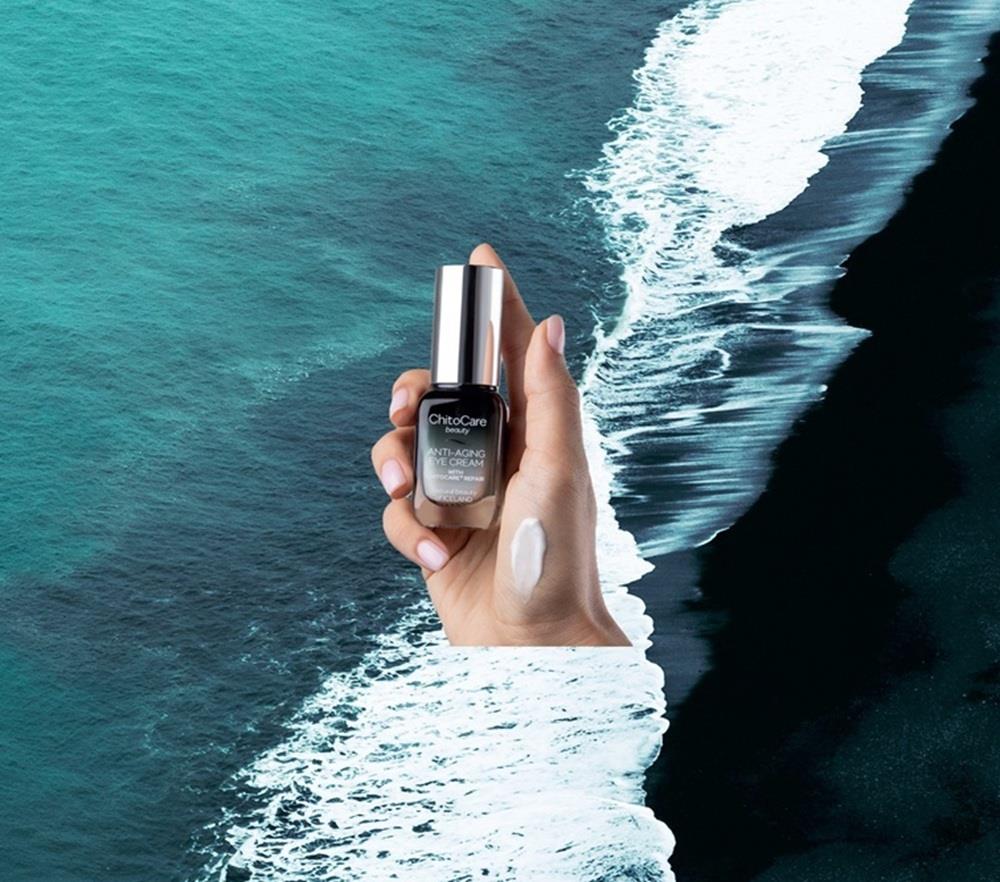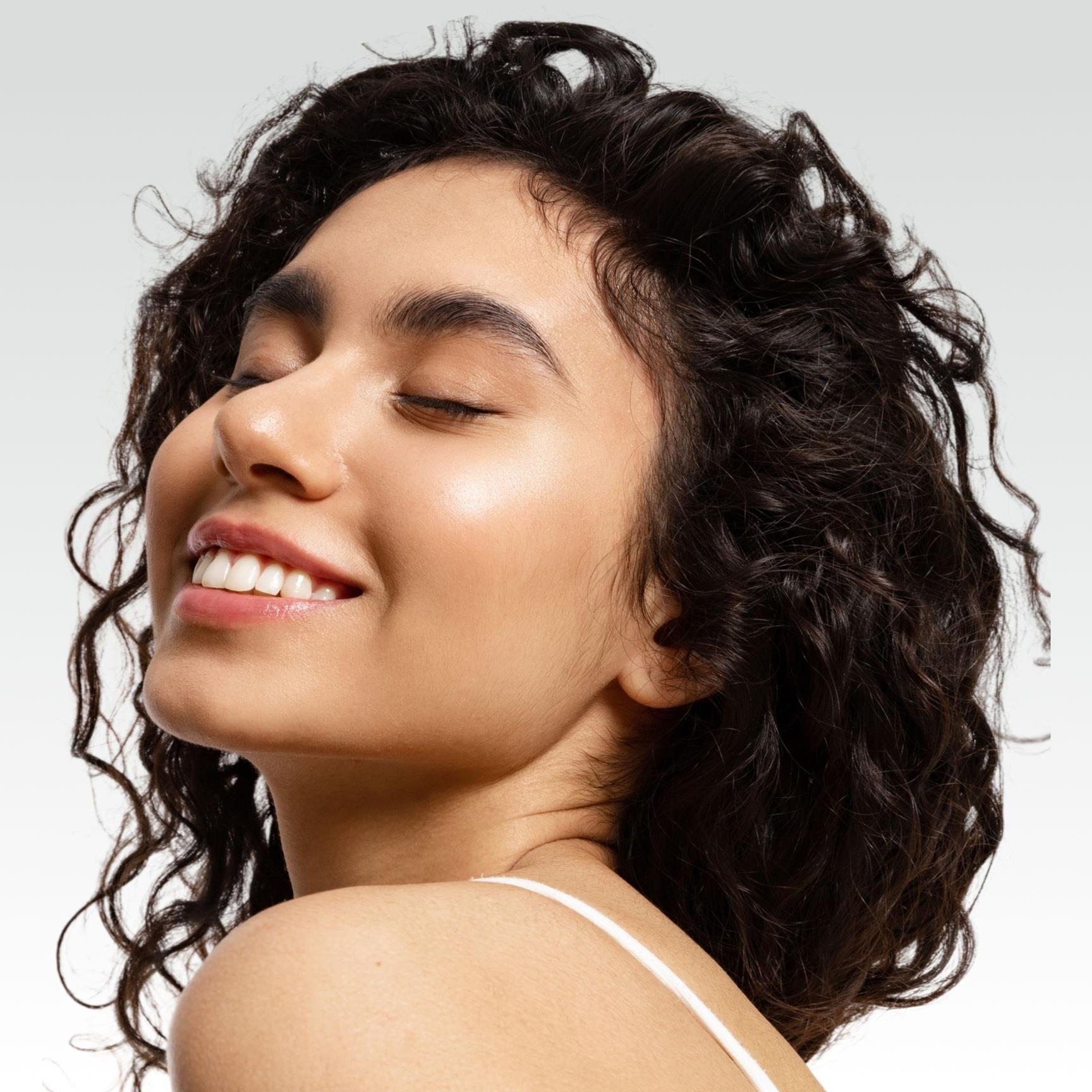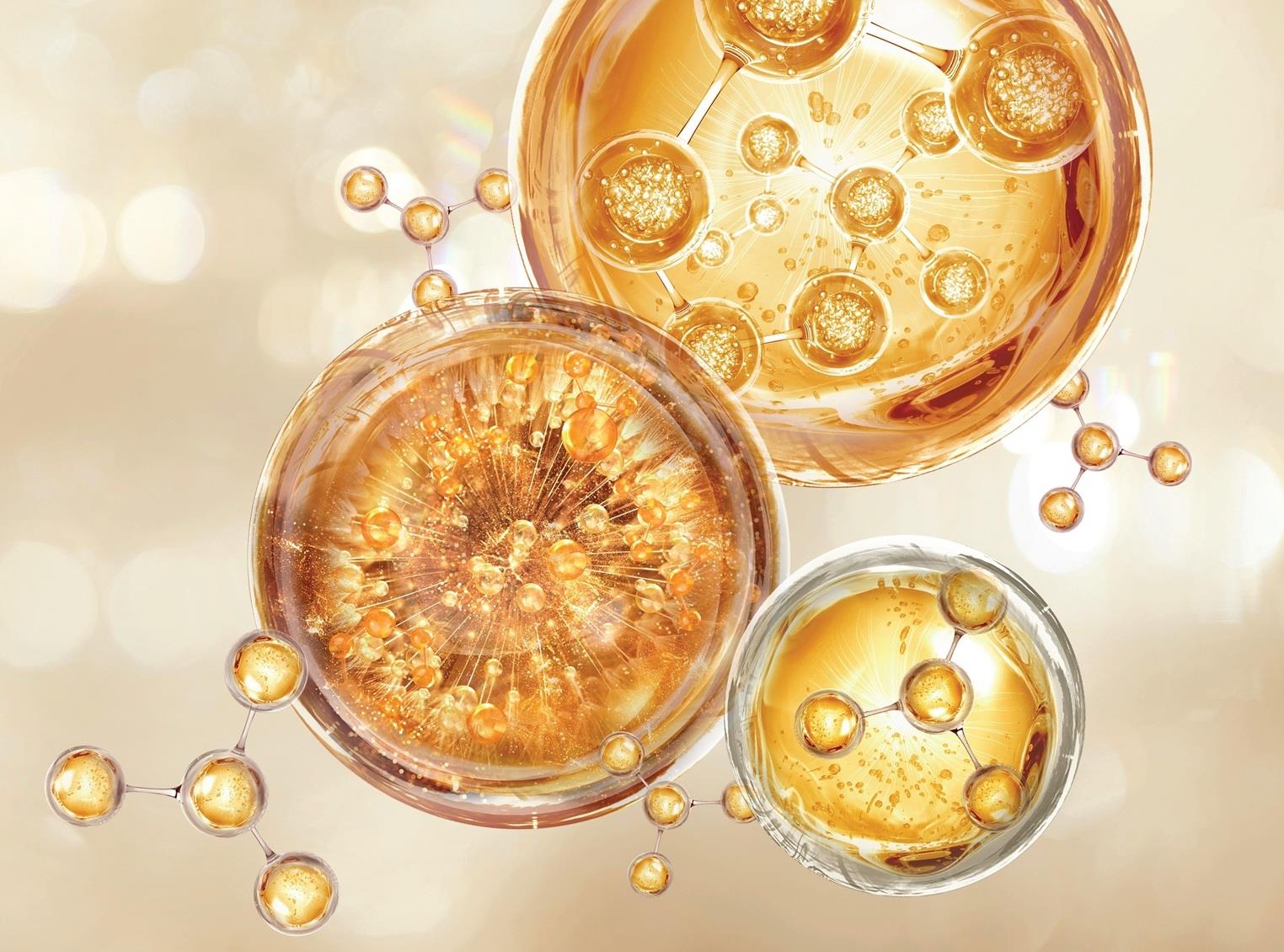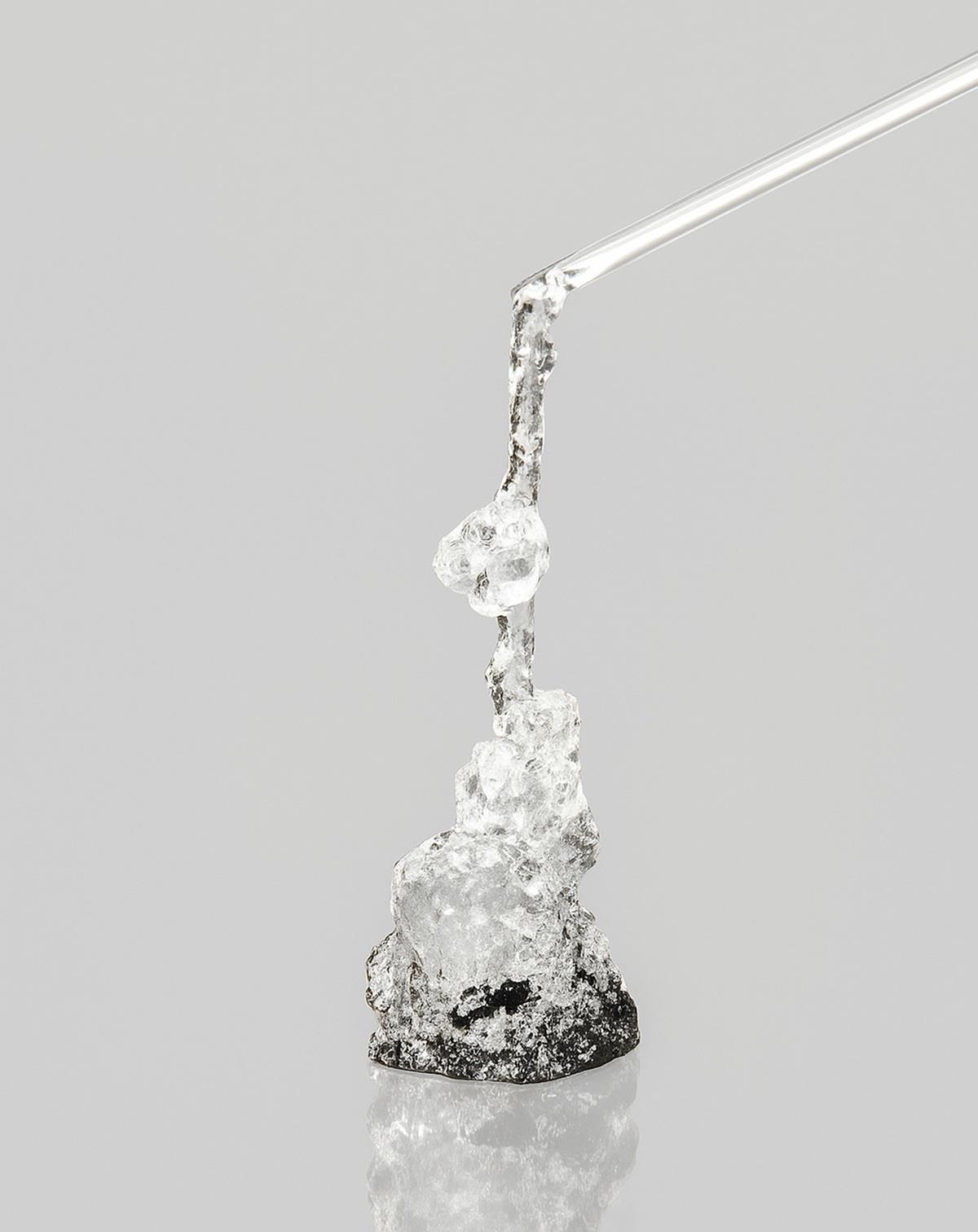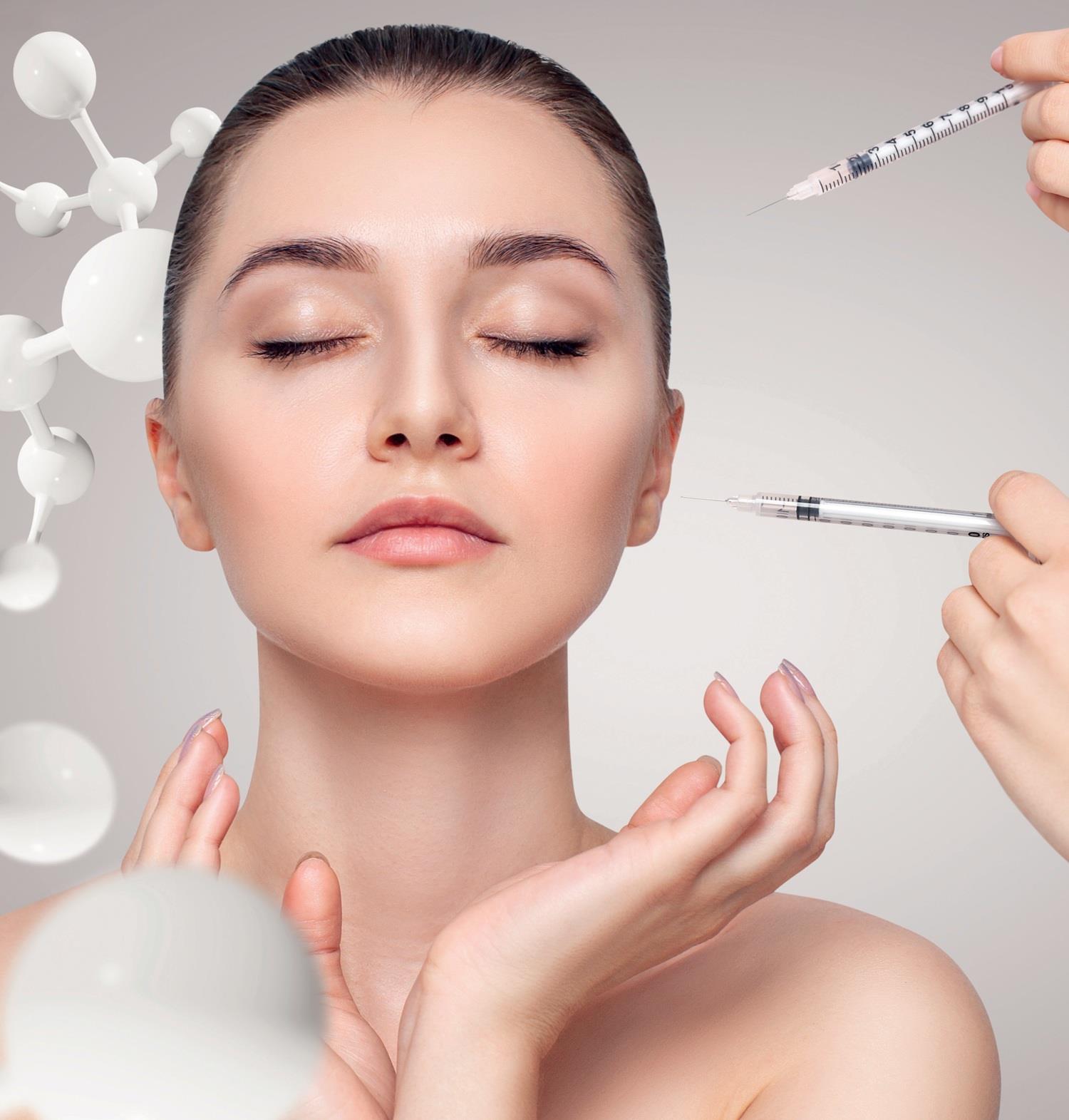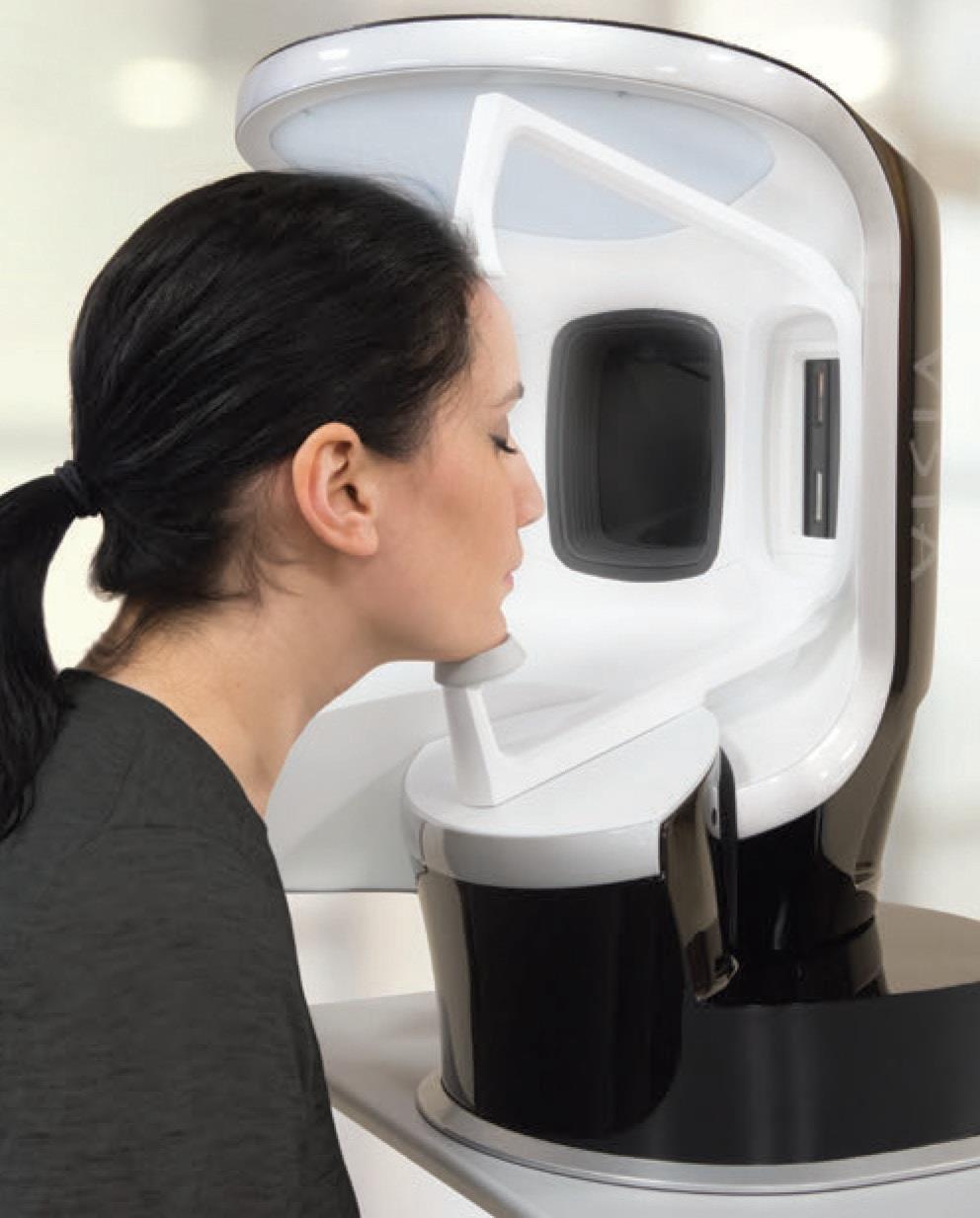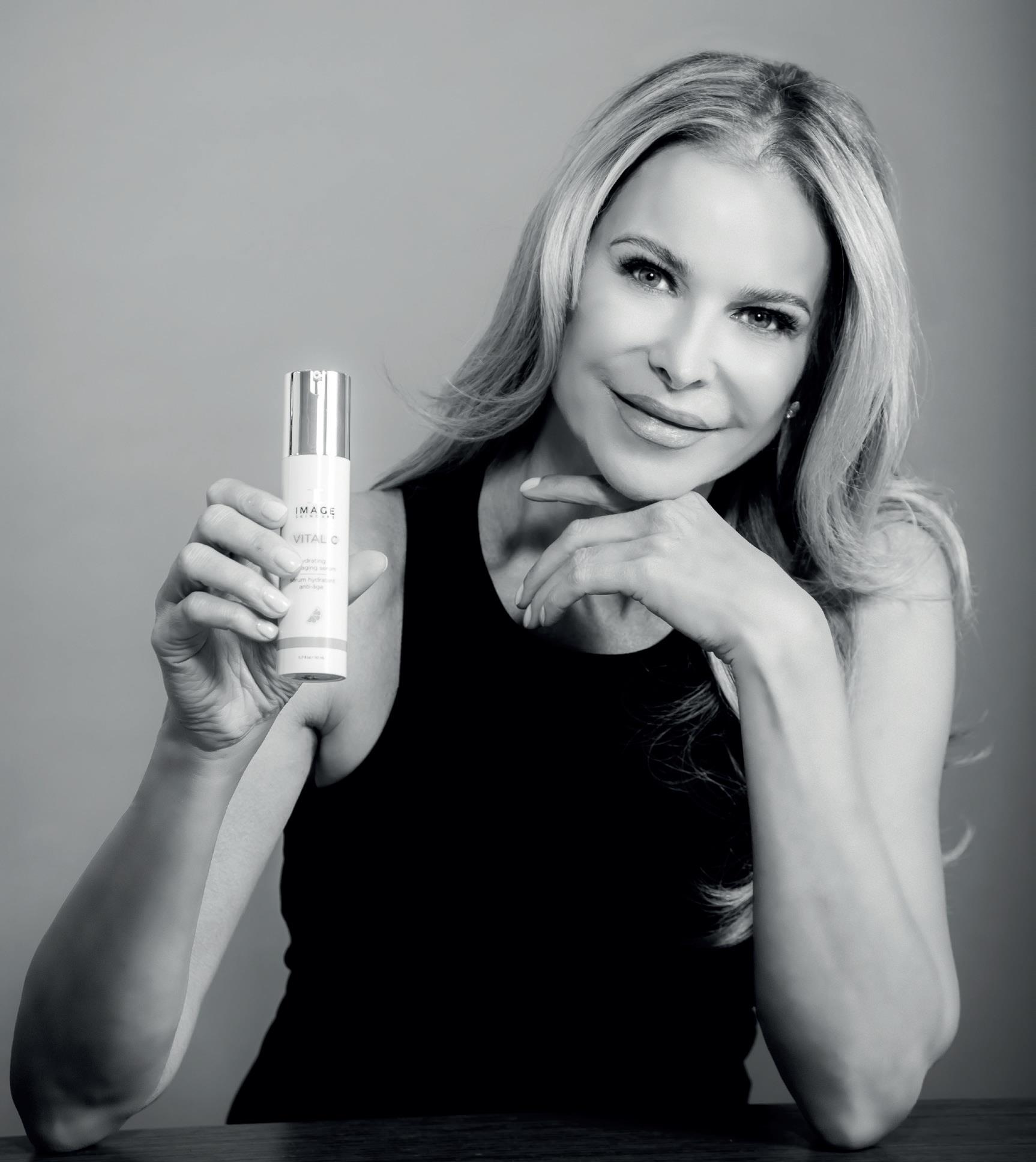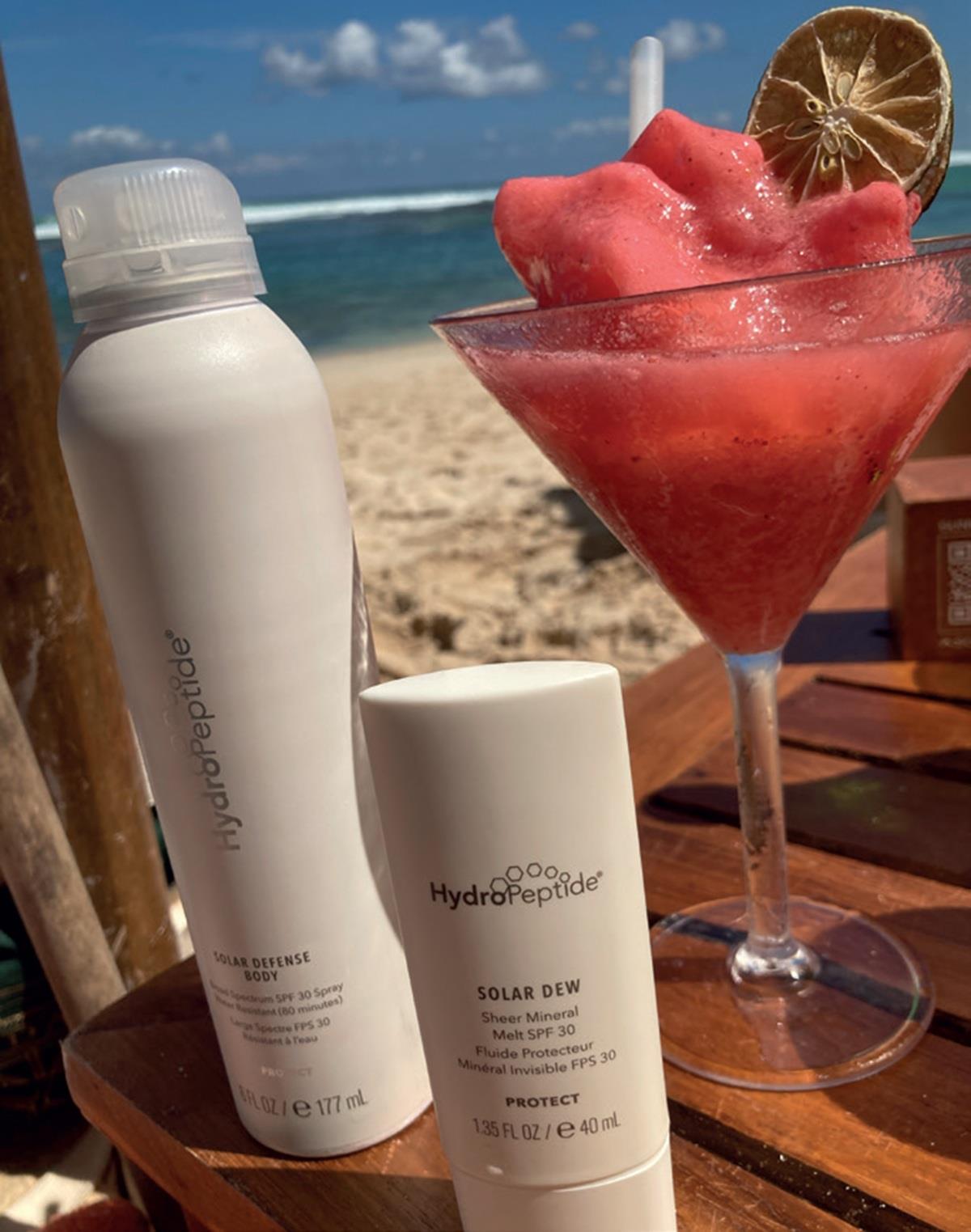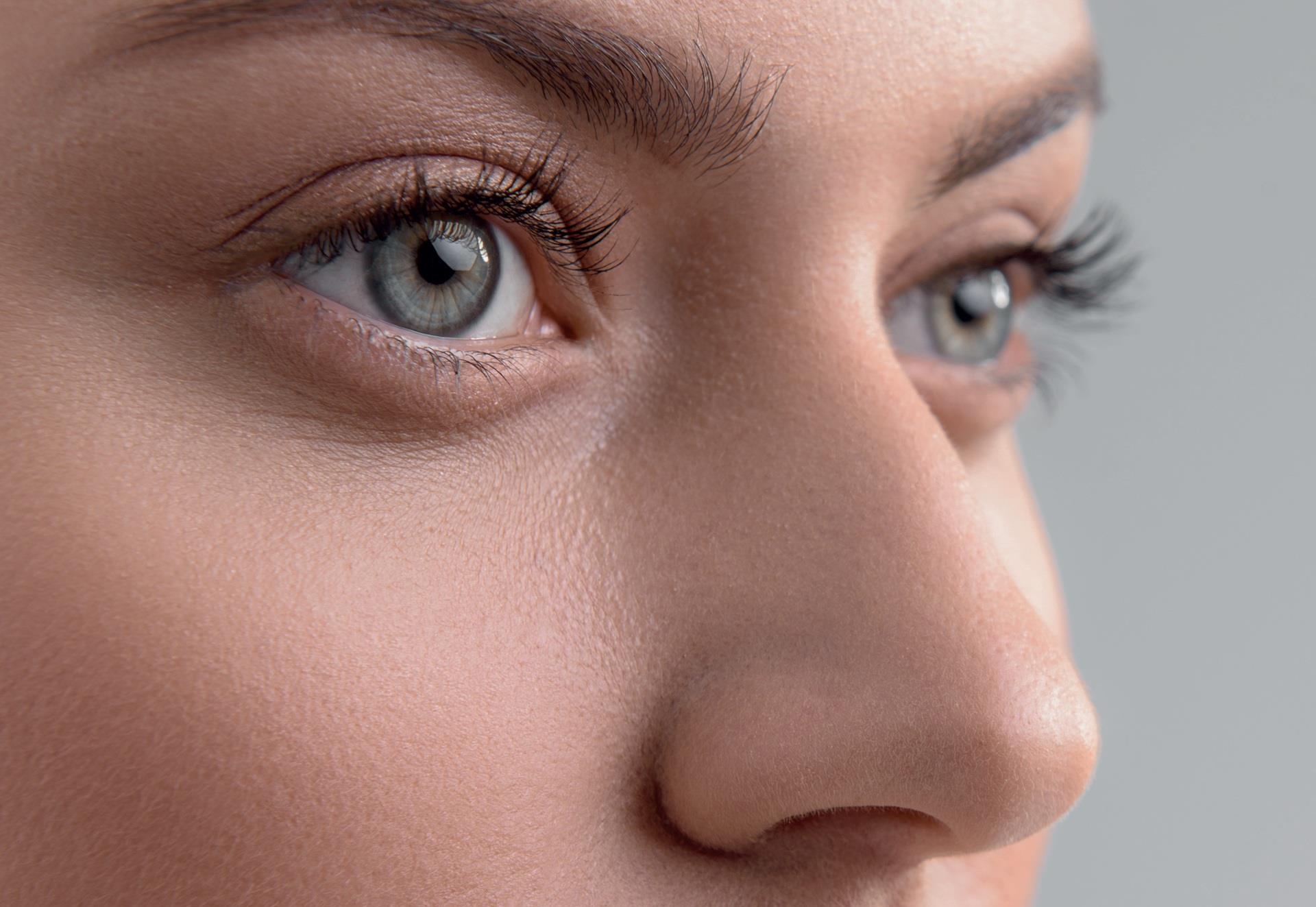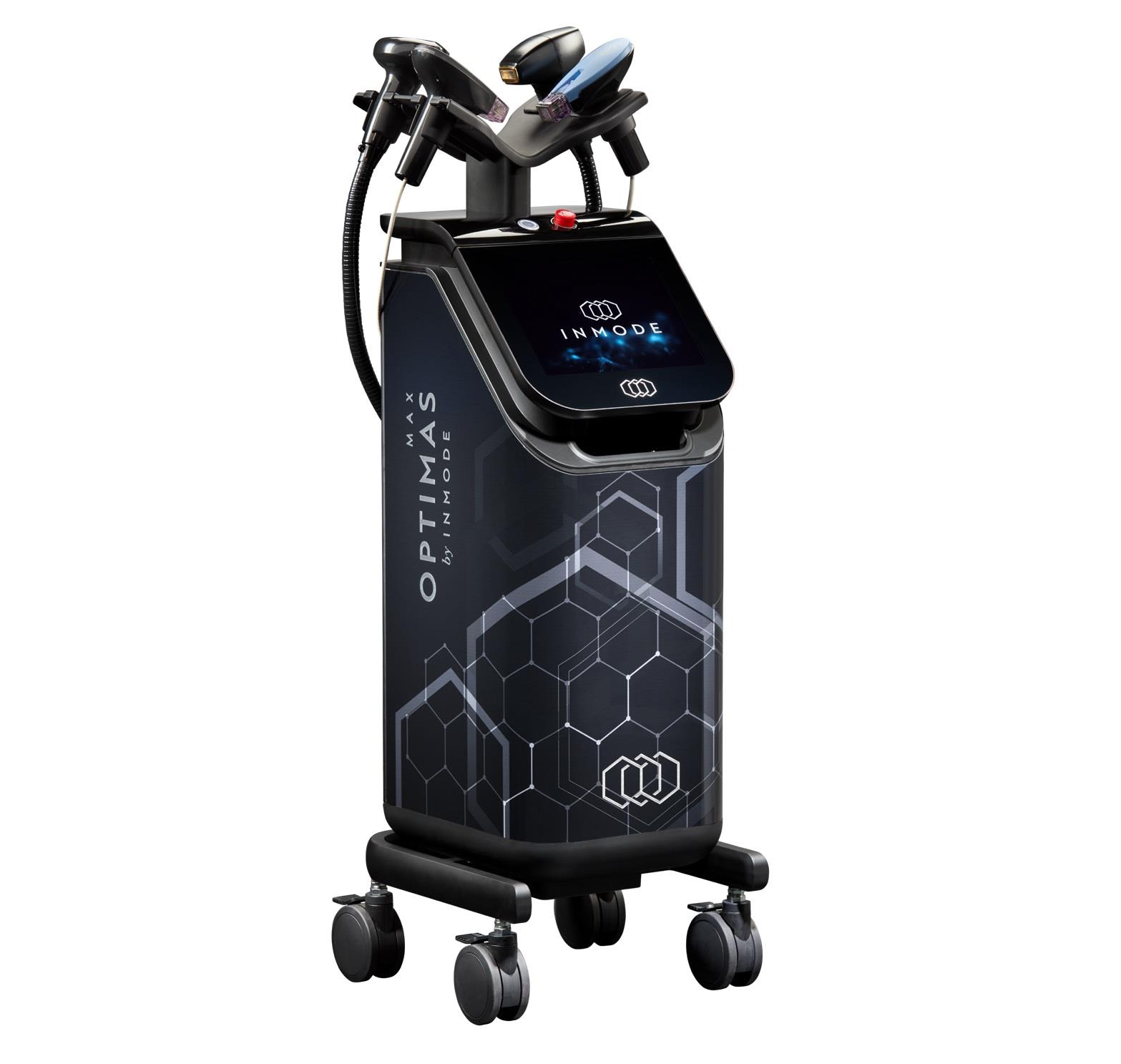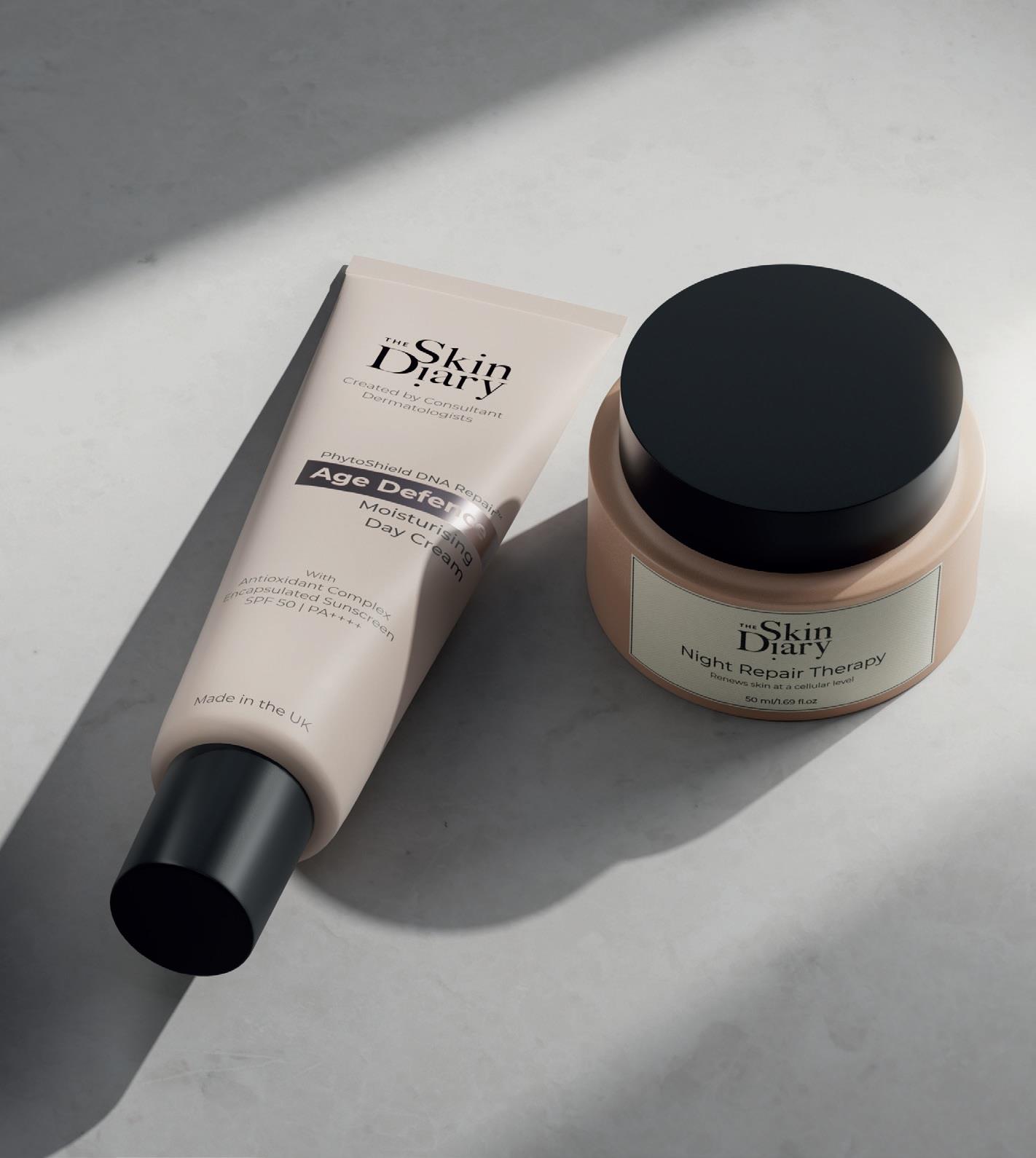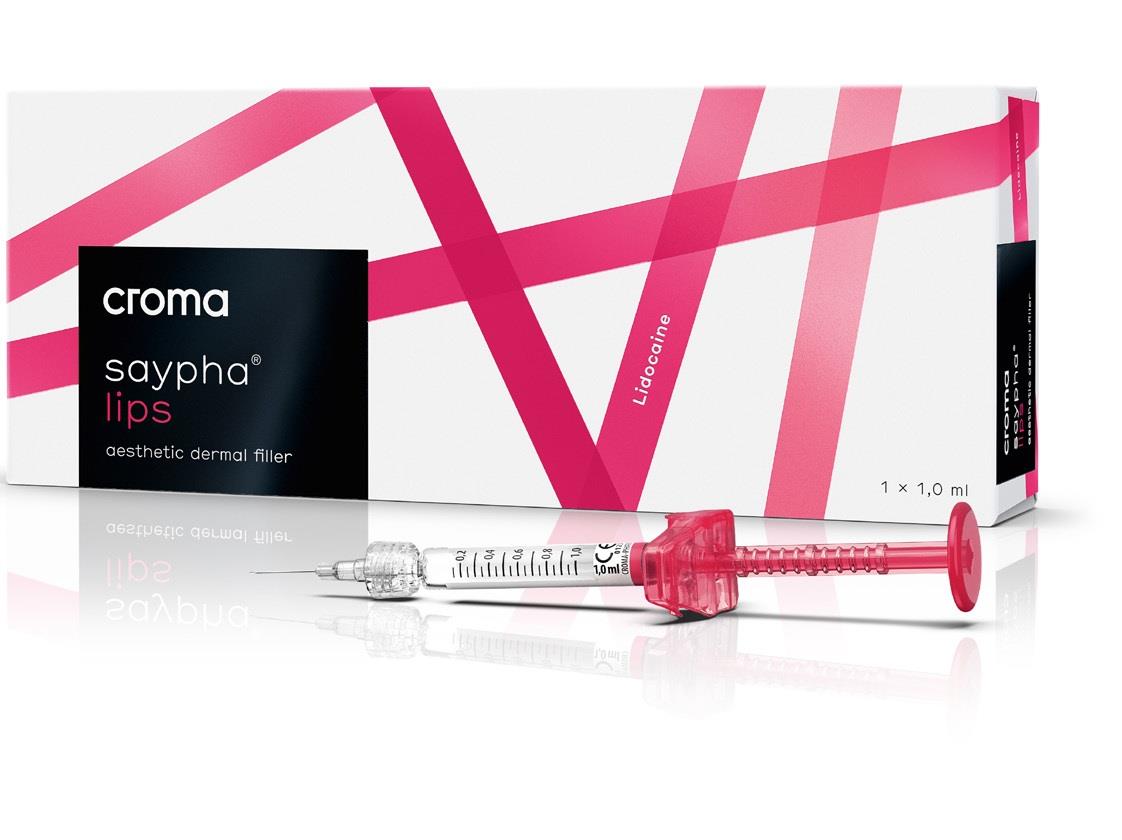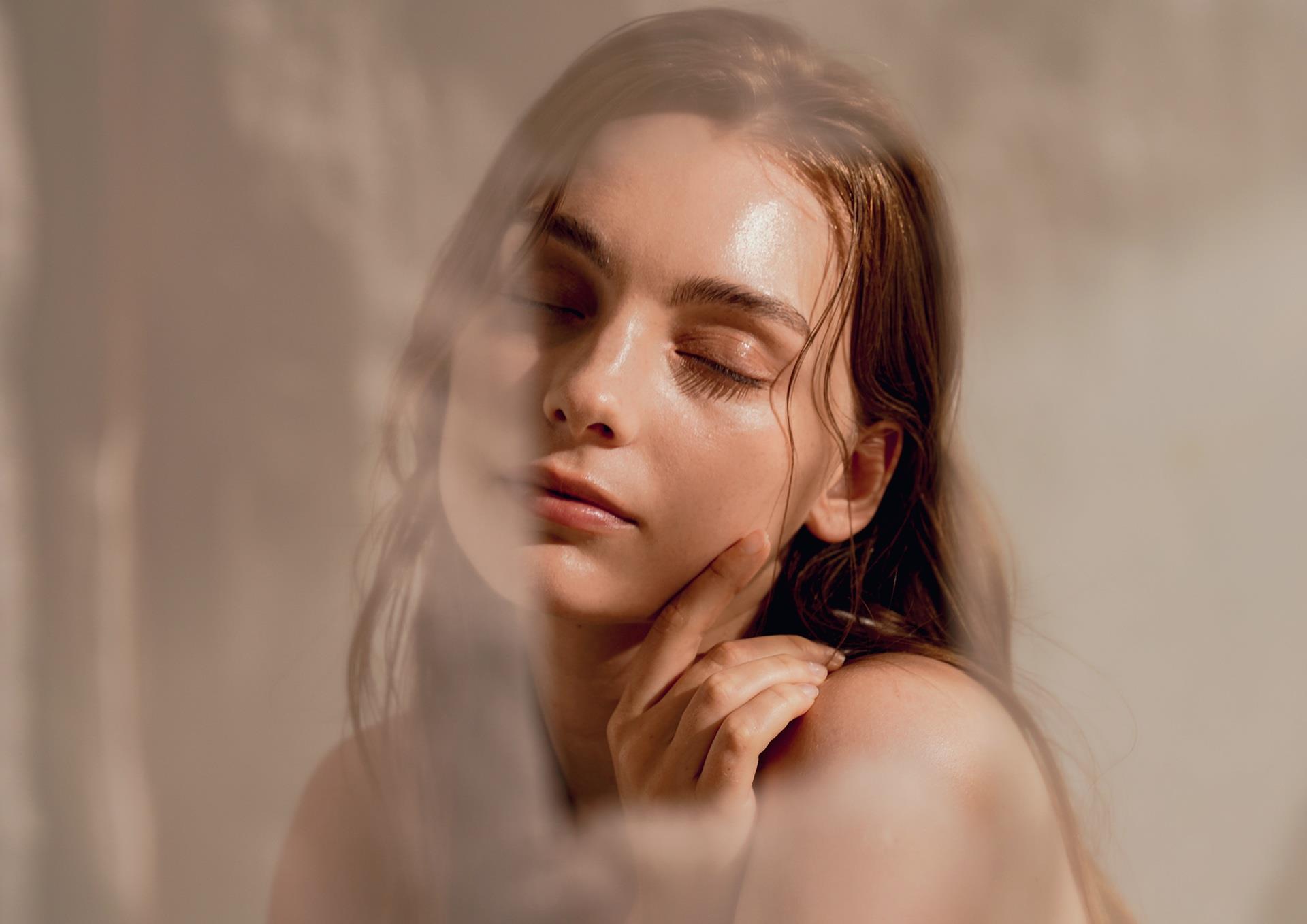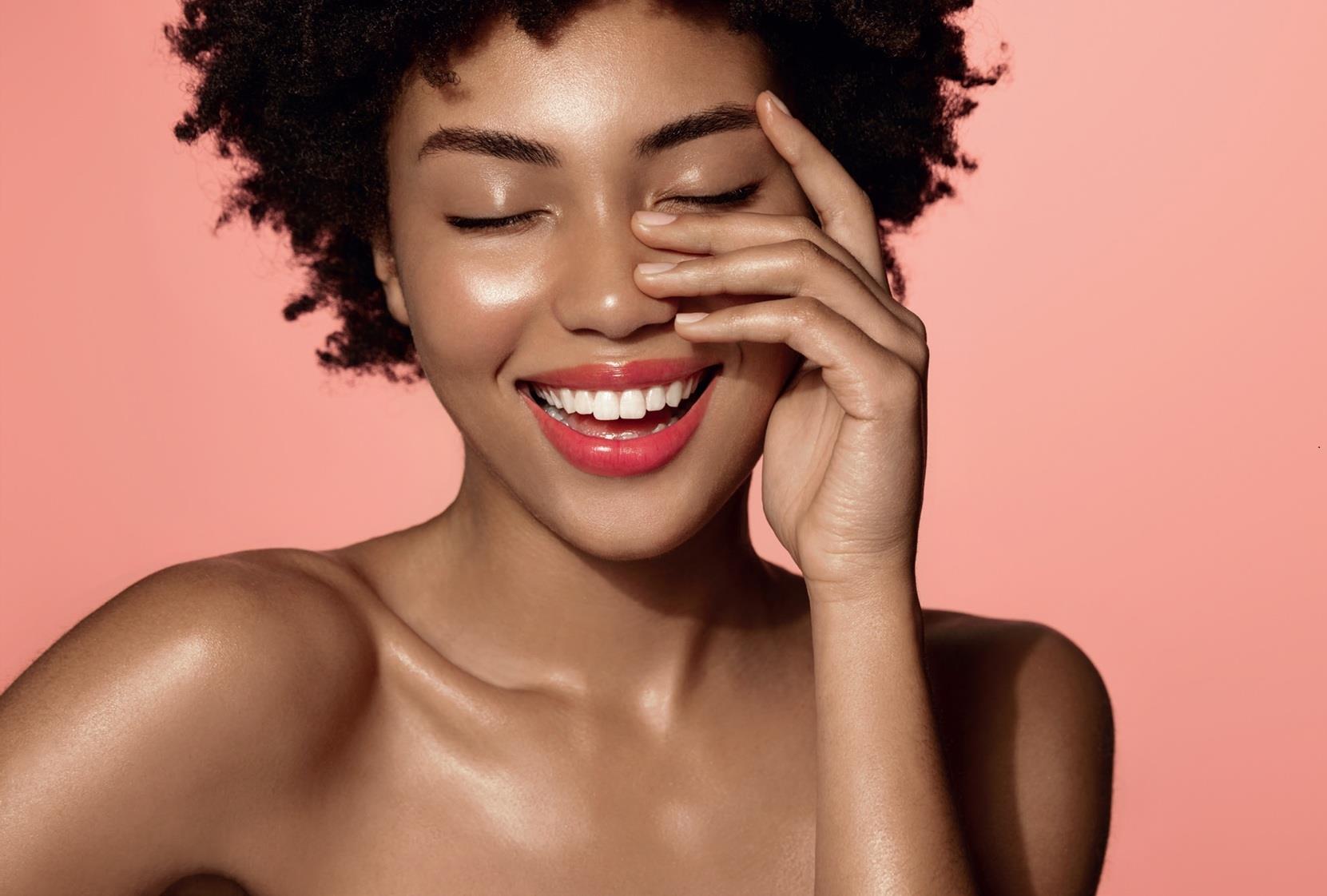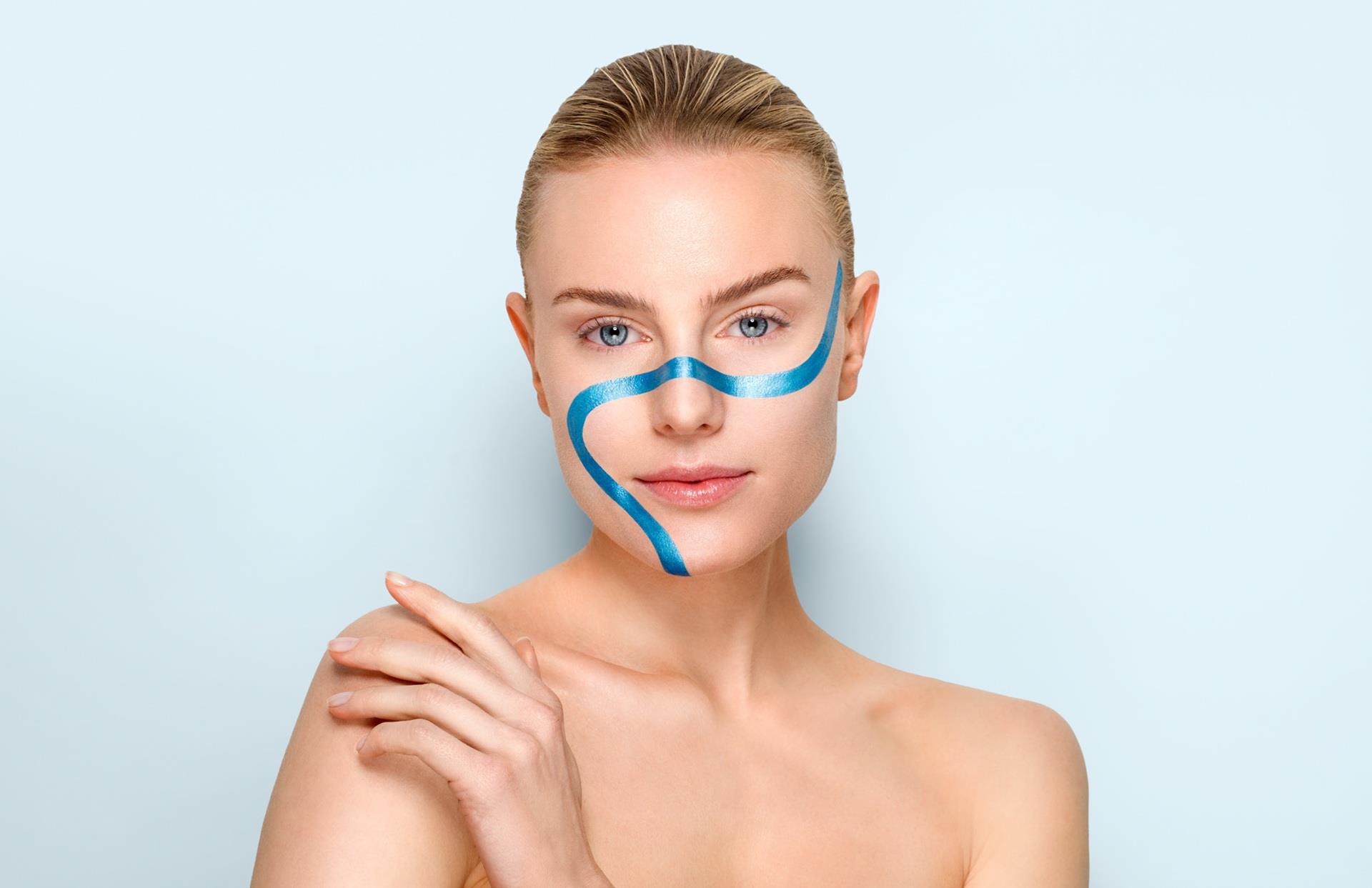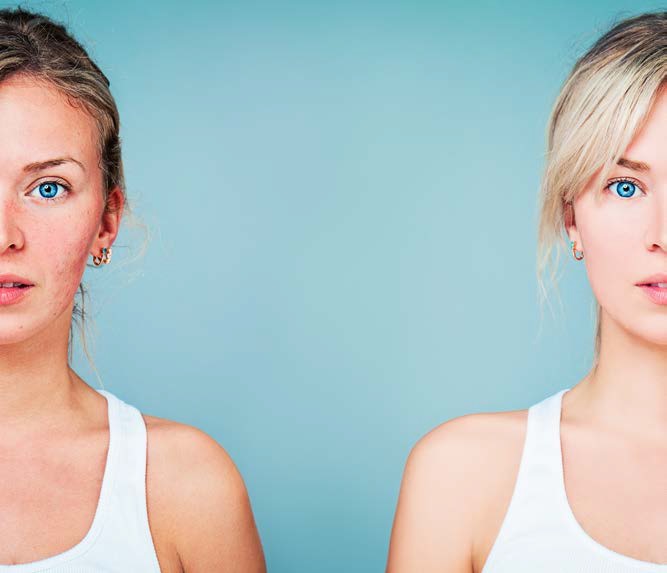
One in 10 people in the UK are affected by rosacea, and experience the frustration of random flare-ups, persistent redness and increased skin sensitivity. Even though it affects 10% of the British population, rosacea is still a relatively unknown condition which the general public have very little awareness of, unlike other skin issues such as acne.
Currently there is no permanent cure for rosacea, but the condition can be managed and kept “dormant” with skincare treatments and lifestyle adjustments. While treating the skin is the most important step, there are formulas that can work to soothe your complexion while also neutralising and covering the redness.
Being able to care for, conceal, and select the best makeup for rosacea relies on having a solid understanding of which subtype of rosacea the skin falls into.
Vascular rosacea
Vascular rosacea is characterised by visible blood vessels, persistent facial redness and flare-ups that are typically itchy and feel hot on the skin.
Inflammatory rosacea
Inflammatory rosacea is commonly mistaken with acne. It involves breakouts which flare up as quickly as they cool down. There can be nodules, pustules (small bumps that contain pus) and papules (small bumps that are hard) which often cause burning and stinging sensations.
Phymatous rosacea
Unlike the other more common types of rosacea, the phytamous condition is more common in men than women. It is characterised by thickened skin texture, enlarged sebaceous glands and persistent facial redness. It may cause fluid retention and swelling also known as edema.
Ocular rosacea
Ocular rosacea affects mainly the eye area. Characterised by burning, stinging and redness, it can also cause swelling of the eye lids and blurred vision. If left untreated, milder types can evolve into ocular rosacea and cause permanent damage to eyes.
What to avoid
Rosacea triggers vary from person to person, but there are some well-known skin irritants that any rosacea sufferer should stay far away from:
• Sodium laurel sulfate
• Camphor oil
• Menthol
• Alcohol
• Eucalyptus oil
• Synthetic fragrances
• Parabens
Making the most of makeup
Finding makeup that offers reliable coverage without upsetting the skin can be difficult as many high-street brands include synthetic ingredients that can irritate rosacea-prone skin and exacerbate flare-ups.
Rather than using heavy camouflage, skin needs to be soothed to create a smoother, more uniform base for makeup. Colorescience's top-selling All Calm Clinical Redness Corrector SPF 50 features a unique blend of antioxidants and skin hydrators that soothes burning flare-up sensations and provides ongoing relief from sensitivity. It offers a universal green tint that neutralises redness and preps the skin for the next steps in a routine.
Prime and conceal
Once skin irritation has been calmed, the next steps are addressing texture and colour correction. Colorescience Calming Perfector Face Primer SPF 20 comes in a universal golden shade that counteracts redness, extends makeup wear and offers much-needed sun protection of SPF 20.
Letting skin breathe
Thick, heavy coverage foundations can clog pores and exacerbate inflammation in the skin. The creamy, hydrating formula of Colorescience Tint Du Soleil SPF 30 Whipped Foundation blends seamlessly into the complexion, giving smooth coverage over discoloration and texture imperfections.
The lightweight formula helps avoid caking and keeps excess oil under control. What really sets Tint Du Soleil apart from other mineral formulation is the addition of ceramides and milk lipids that help alleviate rosacea symptoms as it is worn.
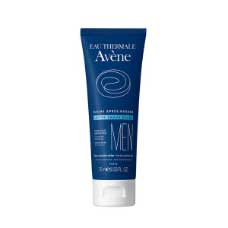
 Added to basket
Added to basket

 Unapplied Changes
Unapplied Changes


